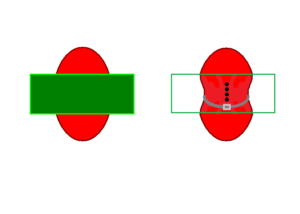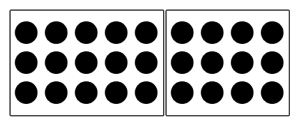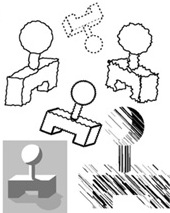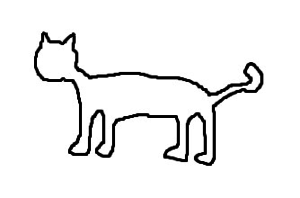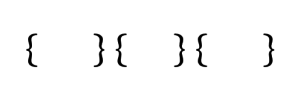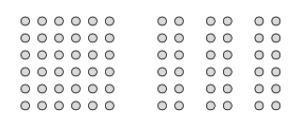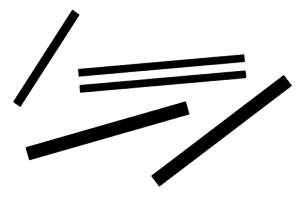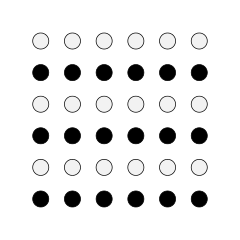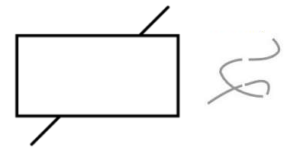Some corporations attempt to enforce their copyrights by monitoring and interfering with P2P copies of their media. This is most common with movies and TV shows, especially new and popular ones.
There are two primary ways that they try to disrupt and inhibit copying, and usually will outsource the effort to third-parties instead of doing it themselves.
- They usually monitor P2P traffic of files related to their copyrights. They use modified/hacked P2P clients to join and participate in the traffic, posing as sources for the file(s). Then when someone connects to them in an attempt to download part of the file, they log the person’s IP address and send an abuse letter to the ISP associated with the IP along with the time and filename. Sometimes they also merely spy on (“lurk”) and copy the peer list without posing as sources, though they prefer to trick people into actually connecting so that they can “prove” an attempt was made to obtain the file.
- They sometimes also try to sabotage the downloads by again, posing as sources for the file(s), but uploading junk data so that the people trying to download the files don’t get the file (at least not as fast) and waste their bandwidth.
Some of these are obvious like when a swarm has thousands of seeds within seconds of being released or when a bunch of episodes are released at the same time and/or before they have aired. Sometimes however it is not so obvious and they will commit much fewer resources to sabotaging and logging the file, especially for older, less popular media.
What they don’t seem to realize is that there is a serious problem with their attempts to prevent users from downloading the files, and their efforts to legally enforce copyright on them is specious.
There are two main issues with their anti-P2P efforts:
- If the anti-P2P computers provide users with junk data, then they cannot say that the user has downloaded a bootleg copy of the media, they downloaded junk which is not illegal. The only connection the junk data has with the copyrighted material is the filename which again is not illegal, otherwise every website that mentions the materials name would be illegal.
- If the anti-P2P computers actually provide real parts of the file, then there’s a few problems:
- The data that the user obtained is not actually copyrighted material, it is simply a block of essentially meaningless data. It only takes on any meaning when combined with a lot of other blocks of meaningless data. This can be true of many things. For example, while an entire book could be copyrighted, the individual words (or even more to the point, the letters) are not copyrighted. Therefore you cannot prosecute someone for receiving a bunch of random words from people even if you just happen to assemble them in an order that turns them into a story.
- If the anti-P2P computer is providing real data that can be combined to make a real file, then they have to have gotten it themselves. While they may have been granted rights to the media, it is unlikely that they are allowed to obtain and distribute illegal copies of the media.
- By distributing illegal copies of the media, the anti-P2P is either performing an illegal act, or else it is legitimizing the distribution of the file, and converting it from illegal to legal. Moreover, by participating in P2P, they cannot make the argument that they are entitled to the distribution rights of the file, including “ripped” copies while everybody else is not, because P2P is not distributed from a single, central point.
Therefore, anyone who gets an abuse letter from a company alleging that they were “caught” downloading copyrighted materials can refute it. They can demand the proof that they were engaging in the bootlegging which will likely come in the form of a “log” that shows their IP address, a filename, and a timestamp. They can then employ the above arguments to demonstrated that either they did not actually have the real file and instead had junk data and/or that they did not engaging in bootlegging at all because the company was actually granting permission to get the file by providing the file to people when they participated in P2P.
